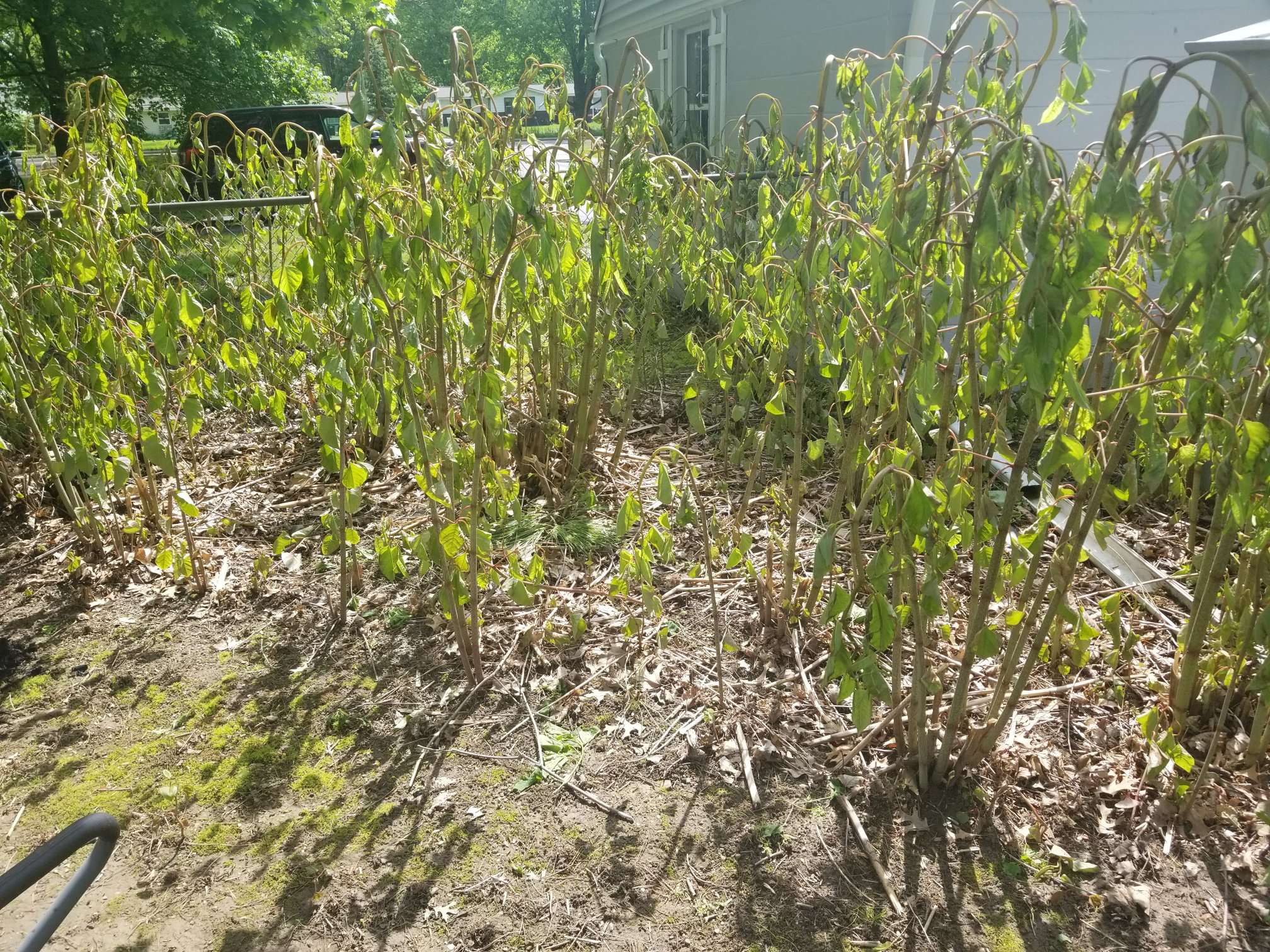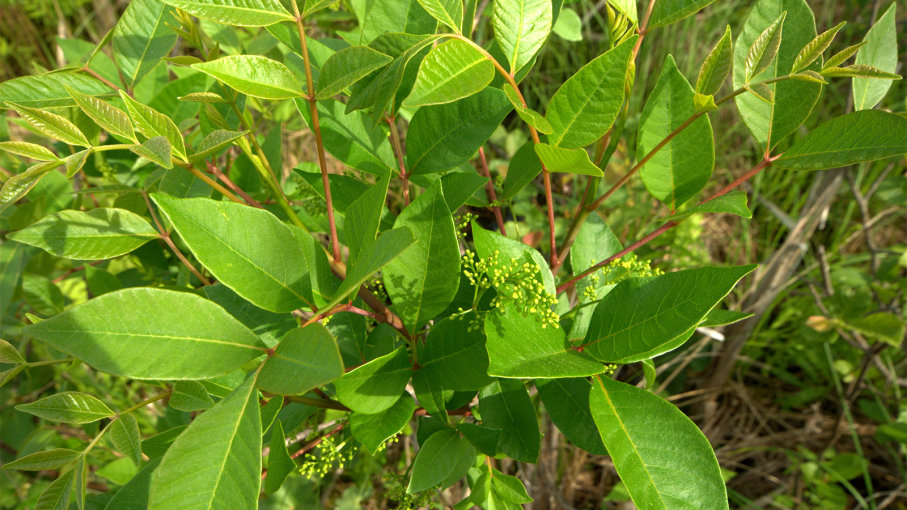4. MOSQUITO SERVICES
MOSQUITO TREATMENT SERVICES
Mosquito Control Services can be quoted over the phone utilizing Google Earth to obtain a fairly accurate quote for your property. Once we are on site, we may have to make adjustments based on new information not previously seen from satellite imagery, however, that is quite rare.
Our mosquito control program is the most science-based program designed to reduce your mosquito population to acceptable levels, as well as preserve our pollinators.
Give us a call today and we can provide you with a mosquito control quote over the phone.
01. SERVICES
POISON IVY, POISON OAK, POISON SUMAC TREATMENT SERVICES:
Our poison ivy remediation services start with a phone call. This is where we ask you to relay us valuable information in regards to your issue that you are having as well as your needs and wants. From there we schedule a property inspection with one of our certified technicians. We perform a walk through with every client to ensure that they receive an educational lesson on how to identify poison ivy as well as pointing out all of the areas that we see poison ivy on your property. From there, we move forward with our treatment program. Our treatment program for poison ivy remediation consists of the initial inspection, a selective herbicide application to all the areas discussed during the inspection, and a follow-up verification treatment 10-14 days after the initial treatment has been completed. We perform the initial herbicide application the same day as the inspection (weather pending). Our follow up process is crucial in ensuring that we have eliminated 100% of the poison ivy that was actively growing on your property at that time. Keep in mind, poison ivy is a native plant to Michigan and a vital food source to birds in the winter. Though we can eliminate 100% of the poison ivy that was actively growing, we cannot prevent seed germination. This is why we recommend a yearly maintenance program, so you don’t have to worry about your poison ivy issue getting our of hand.
02. SERVICES
PLANT HEALTH CARE SERVICES
We quickly evolved to offer Plant Health Care Services for our clients because we saw the need for a science-based approach. Many of the Plant Health Care service providers are simply sales machines without diving into the science behind what they are doing. They prescribe cover sprays that eliminate all insects and do a generalized fertilization program year after year.
Not us.
We only make professional recommendations based on the most recent scientific data that is available to us. So you don’t have to worry when we make a recommendation that we have your best interest in mind.
03. SERVICES
CERTIFIED EXPERTS
Ditch The Itch – Poison Ivy & Mosquito Control Services has licensed technicians through the Michigan Department of Agriculture in categories 3a (Ornamentals), 3b (Turf Grass), 6 (Right of Way), and 7F (Mosquitoes). We are the only poison ivy remediation company to also have an ISA Certified Arborist on staff. Our experience ranges from 15 years in the commercial nursery industry dealing with trees and shrubs to 10 years of experience performing poison ivy remediation services in Michigan. All of our technicians go through an immense training process as well as continuing education classes. We are always staying on the cutting edge of information to provide our clients with an immense amount of value when we are on your property.
4. MOSQUITO SERVICES
MOSQUITO TREATMENT SERVICES
Mosquito Control Services can be quoted over the phone utilizing Google Earth to obtain a fairly accurate quote for your property. Once we are on site, we may have to make adjustments based on new information not previously seen from satellite imagery, however, that is quite rare.
Our mosquito control program is the most science-based program designed to reduce your mosquito population to acceptable levels, as well as preserve our pollinators.
Give us a call today and we can provide you with a mosquito control quote over the phone.
05. SERVICES
INVASIVE SPECIES
Oriental Bittersweet – An extremely invasive vine that Is destroying forest ecosystems by strangling trees and taking over precious forest floors.
Japanese Knotweed – A relative to bamboo, this plant is extremely difficult to control and takes a process of multiple treatments over the course of years. Japanese Knotweed has been known to crack foundations and concrete driveways.
Black Swallow Wort – Otherwise known as the Dog Strangling Vine, this plant very quickly takes over the forests and fields in Michigan. It is in the Milkweed family and Monarch butterflies have been known to lay their eggs on this plant in mistake of our native Milkweed. This puts our Monarch butterflies at risk and this plant should be eliminated at all times.


6. CERTIFIED EXPERTS
CERTIFIED EXPERTS
Ditch The Itch – Poison Ivy & Mosquito Control Services has licensed technicians through the Michigan Department of Agriculture in categories 3a (Ornamentals), 3b (Turf Grass), 6 (Right of Way), and 7F (Mosquitoes). We are the only poison ivy remediation company to also have an ISA Certified Arborist on staff. Our experience ranges from 15 years in the commercial nursery industry dealing with trees and shrubs to 10 years of experience performing poison ivy remediation services in Michigan. All of our technicians go through an immense training process as well as continuing education classes. We are always staying on the cutting edge of information to provide our clients with an immense amount of value when we are on your property.
7. QUALITY SERVICES
QUALITY SERVICES
Having qualified experts in poison ivy remediation and mosquito control on your property means quality services. From the phone call or contact form submitted, to the final application, we pride ourselves on providing immense value to our clients. All of our treatment applications are the most science based programs on the market to date. We cannot eliminate every single mosquito, or every single poison ivy plant off of the face of the earth, BUT, we can manage them to where our clients can enjoy their back yards itch free and with a reduced risk of coming into contact with poison ivy.

